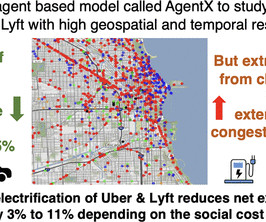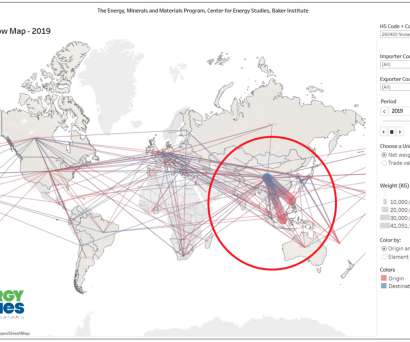Study finds all-electric rideshare fleet could reduce carbon emissions, but increase traffic issues
Green Car Congress
JUNE 23, 2023
Major ridesourcing companies Uber and Lyft have promised all-electric fleets by 2030 in an effort to reduce their carbon footprint. But the cars and SUVs used in these situations drive more miles each year than a typical personal vehicle, contributing a higher proportion of greenhouse gases to the environment.
















Let's personalize your content